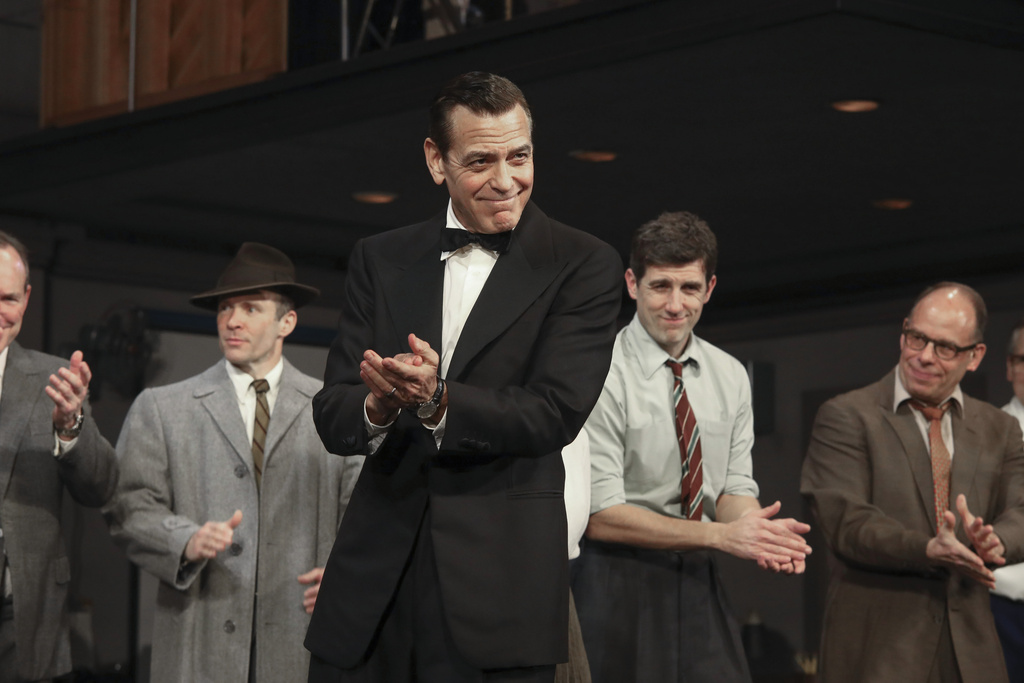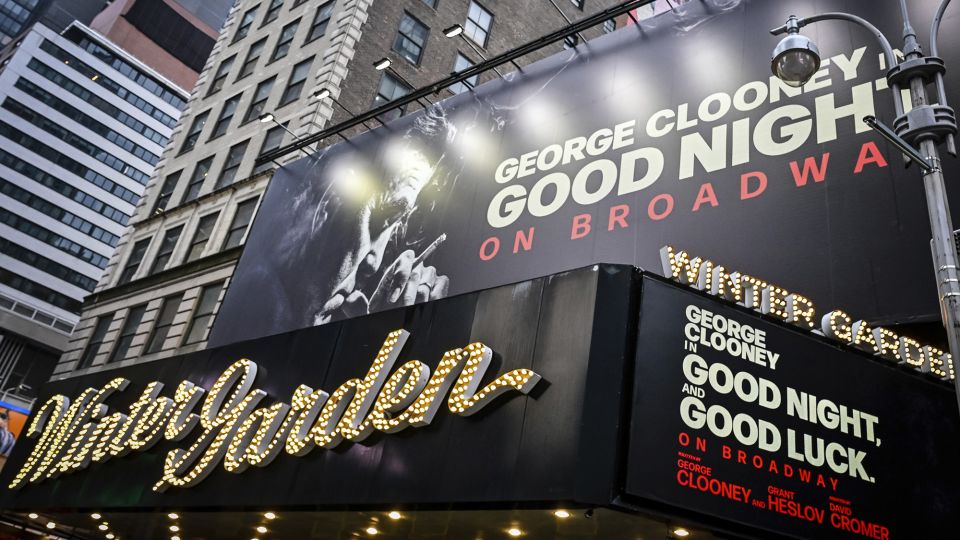CNN’s live broadcast of Broadway’s Good Night, and Good Luck was criticized as a sanctimonious and self-serving display. The play, originally a film starring George Clooney, recounts journalist Edward R. Murrow’s battle against McCarthyism. CNN’s version appeared to recast itself as Murrow and President Trump as McCarthy, drawing heavy-handed parallels that the author found absurd and politically motivated.
Stelter’s Spin and Pelley’s Pretense Reveal Media Bias Behind Journalistic Moral Posturing
The criticism extends to CNN media analyst Brian Stelter, who reinforced the Murrow-Trump metaphor in a column. He omitted key facts, such as 60 Minutes allegedly editing Kamala Harris’s interview to make her look more competent. According to the author, this was a clear act of political bias disguised as journalism, where the ends (hurting Trump) justified any means, including misinforming the public.

Following the play, 60 Minutes anchor Scott Pelley delivered a pompous post-show message on the necessity of journalistic courage. The author found this hypocritical, pointing to CNN and other legacy media’s promotion of the Russia-collusion narrative during Trump’s presidency, and their silence on Biden’s apparent unfitness. Such moral grandstanding is, in the author’s view, undermined by their own journalistic failures.
Celebrity Hypocrisy and Media Elitism Cloaked as Courage, Truth, and Journalistic Integrity
George Clooney, star of the original film, is also criticized for his role in perpetuating media deception. The author claims Clooney, like CNN, misled the public about Biden’s condition and now pretends to be a beacon of truth. This, combined with CNN’s refusal to acknowledge past lies, suggests to the author a media ecosystem driven more by ideology than integrity.
The final scene—a panel of journalists advising students—serves as a metaphor for the media’s continued self-deception and elitism. Featuring token conservative Brett Stephens, the panel was described as an echo chamber of self-congratulation. The author concludes that CNN’s presentation reflects a media institution that has learned nothing, remains unrepentant, and continues to mislead the public while posing as champions of truth.


